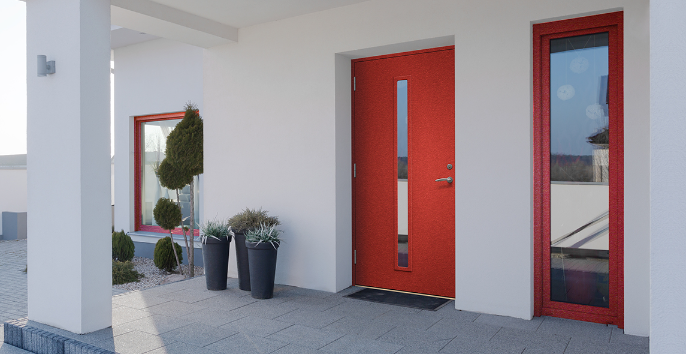Doors are an essential part of each constructing, and they are an expression of mystery and intrigue since medieval times. They have got always performed a crucial role in storytelling, cultures, and cultures, and continue to be a reflection in our society’s ideals. From East to To the west, doors (dörrar) designs as well as their usage may differ substantially, which is fascinating to explore the societal value behind them. Within this post, we will require a serious plunge in to the mysteries encircling entry doors worldwide and know the way they reflect our countries.
Entry doors in the East: From the East, especially in Asian countries around the world like Japan and Asia, the appearance of the entrance is a fundamental element of their architecture. The entry doors signify borders, personal privacy, and admiration. The conventional Japanese sliding entry doors, also known as Shoji, are made from papers and are really easy to slip close and open. The style of the entrance doors is minimalistic, and so they merge together with the decorations of your area effortlessly. In the same manner, Oriental doors are made with elaborate carvings and icons that symbolize wealth and prosperity. The doors are usually reddish colored, a blessed colour in China tradition. The Eastern entrance doors reveal the respect for level of privacy and formality that may be an important part of their lifestyle.
Doors in the Western: Inside the West, the design of the entry doors is much more utilitarian than artistic. The doorways are generally manufactured from wooden, steel, or fibreglass, as well as their primary functionality is security. The front side doors of homes tend to be large and imposing, and have a essential affect on the property’s curb appeal. The size, design, and materials from the front door are often viewed as indicators from the homeowner’s reputation and money.
Middle age and Gothic doors: Middle age and Gothic structure houses many of the most sophisticated and attractive doorways throughout the world. The entry doors are symbolic of the potency of the chapel and so are designed to intimidate and awe site visitors. The entry doors are often manufactured from heavy metal and adorned with scenarios through the Bible or elaborate carvings. The Gothic doors represent a time of faith based dominance and structural advancement.
Entrance doors in African civilizations: African civilizations view entrance doors as crucial portals in between the dwelling and also the faith based community. The entry ways doorways of homes and buildings are created to protect against bad spirits and to encourage the good versions. They are often fingers-carved from wooden and embellished with symbols of your tribe’s customs. The doorways frequently have neighborhood beliefs represented upon them, and are generally a tremendous representation of your variety and meaning in African cultures.
Modern-day time doorways: Together with the introduction of present day architecture and technologies, entrance doors have developed from the classic forms to add new patterns that happen to be both eye appealing and practical. Window entry doors have grown to be popular for his or her minimalistic and contemporary appearance, and they also permit natural light to pass through into the interiors in the creating. Intelligent entry doors have grown to be normal in department stores and places of work, making it easier to move around men and women and items.
In short: From the structural intricacies of middle age periods for the minimalistic designs of modern-day time, entry doors have invariably been a reflection of the culture they belong to. They are a social factor, symbolic of beliefs, beliefs, and practices. Entry doors are more than simply a way to enter in or exit a constructing, and understanding their ethnic meaning can be the 1st step in understanding the varied beliefs and practices throughout the world. The universality of entry doors illustrates the importance of icons in man customs along with their role in shaping the way you are living our everyday lives.



